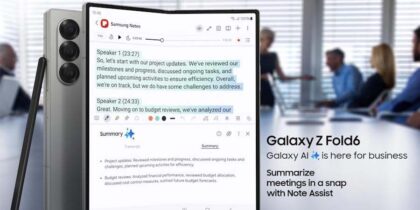With the recent rise of BYOD, companies that want to remain relevant and profitable need to have a robust workplace mobility strategy in place. Key to this effort are new collaboration tools that allow people to work together no matter where they are in the world. While tools like Slack and Lync have been around for some time, the launch of Workplace by Facebook could be a tipping point in the adoption of this technology. Officially launched by the social network last week, Workplace allows users to communicate and share information using the same interface that so many have become familiar with over the course of the last decade. However, Workplace offers a complete separation between personal and work profiles, meaning employees can’t see each other’s personal profiles.
Facebook believes it can replace several tools companies currently use, such as email, Slack and Asana, with a single solution offering employees the ability to share documents, create groups and send private messages to others on the network. Collaboration tools will redefine the way many people work, making remote work and flexible hours much easier to implement.
Adherence to Corporate Security Policies
As with the introduction of any new technology to the business environment, companies need to assess how to implement collaboration platforms in a safe and measured way, ensuring that they comply fully with the workplace mobility strategy and adhere to security policies.
As with any new tool, education is the key to introducing new collaboration platforms as seamlessly as possible. Making sure your employees know how the tools work will help them get the most from your investment in the new technology, but it’s equally important that they know how they shouldn’t be used. With tools like Workplace, where the vast majority of your employees will already be familiar with its interface through Facebook, it’s important they understand that while the two may look the same, they’re used very differently.
Security is a key concern for all companies today, and collaboration tools like Workplace present another vector for threat actors to attack. While Facebook uses its machine intelligence technology to flag potential threats, it can be easily overridden by an employee clicking on the wrong link or downloading a malicious file. Therefore, education and a clear corporate security policy are key to making new work tools safe and secure.
Having a mobile strategy in place that emphasizes both productivity and security is essential. Find out how a mobile security assessment can help your organization in this infographic.








